Mark your calendars, Anastasia is re-born this summer on Stingray Classica. Leading up to the premiere, Behind the Ballet will give you a behind the scenes look at the film, including Q&A’s with some of the creative team.
Anastasia premieres Thursday, August 19 at 9PM exclusively on Stingray Classica. For more information about how to subscribe or start a free trial click HERE.
We talked with our Artistic Director and Choreographer Bengt Jörgen, C.M. about the history of Anastasia, the original score, choreography and more!
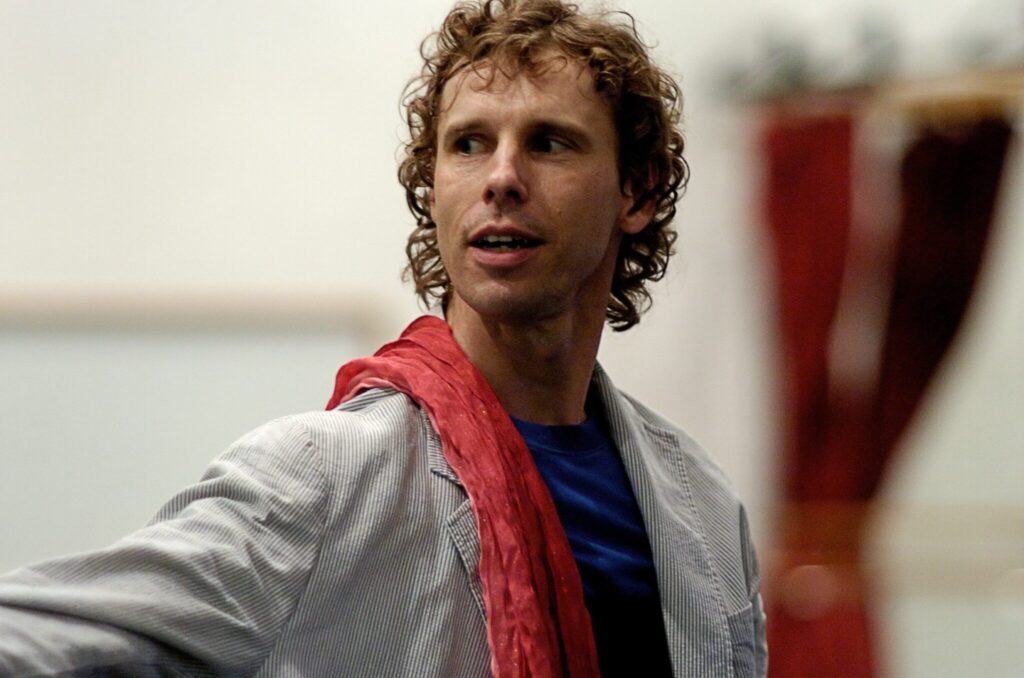
“Over the years, I have gone back and added or re-worked some sections. So, it is a slightly different work than what premiered because of how that time allowed me to step back and see it and adjust as we went along.”
Q: Anastasia will premiere on Stingray Classica on Aug 19; this is the first time one of your full-length ballets have been shown this way — what does this mean to you?
A: I’m very excited to be able to share what we have done here at Ballet Jörgen. I think we have a unique way of working with ballet and it obviously works great for the people who see us live. This premiere through Stingray gives us the opportunity to share our approach to classical ballet with a broader audience worldwide. I’m excited to see what kind of feedback we’ll get. We do things a little differently, we are very respectful of tradition, but we do think that ballet is a great storytelling medium and that you can tell any story through ballet in a really engaging comprehensive way. You can do this while respecting what great ballet is. This, I hope, will allow us to reach other people who share our views and like the kind of works we do. This is a platform for us to get our work out to more people — that is truly exciting.
Q: When did Anastasia first premiere as a ballet?
A: We premiered Anastasia as part of our 20th Anniversary in 2007. The premiere was in Nova Scotia and then it toured from coast to coast – it was the largest tour we had done at that time. It was quite exciting. It was a big step for us, it was our first original story – we wrote the story, created the music, everything from scratch. We did not adapt an existing classical ballet into a form we wanted to showcase, but we really took what we had learned and developed a new work. It is still in our repertoire, and we are very proud of it.
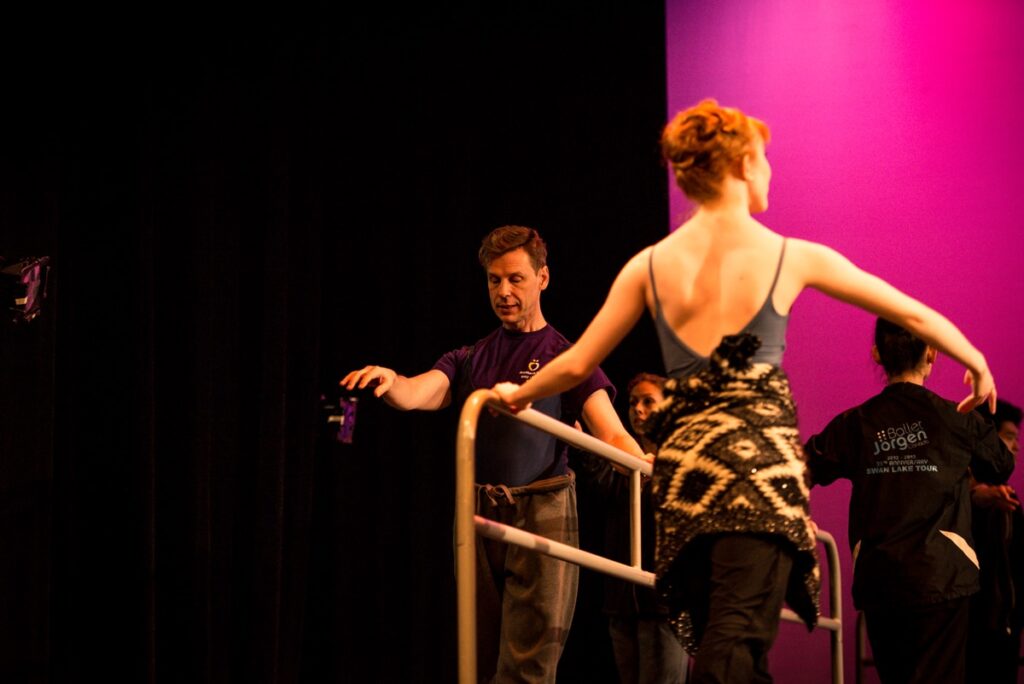
Q: When and where was CBJ’s first production?
A: CBJ’s first performance was in Vancouver at the Main Dance Place in October 1987. Our very first major classical ballet was Nutcracker and it premiered in Fredericton on November 1, 1995. Those are both important dates for the Company, so I still remember them in my head very clearly.
Q: How long did you work on the choreography for Anastasia?
A: The creative process itself was about four months, some periods more intense than others. I learned that the longer the process the better, because it allows you to take a look at what you’ve done, reflect on it and redo sections that don’t work. Over the years, I have gone back and added or re-worked some sections. So, it is a slightly different work than what premiered because of how that time allowed me to step back and see it and adjust as we went along.
Q: Can you talk about the original score?
A: It was not the first ballet that CBJ commissioned an original score, but it was the first full length ballet where we commissioned an original score. In our early days, 50% of the works we did were original music and we have created several children’s works – one act ballets – with their own scores. But this was the very first time we did the full-length ballet with full symphonic score, so it was a very large musical commitment for this work.
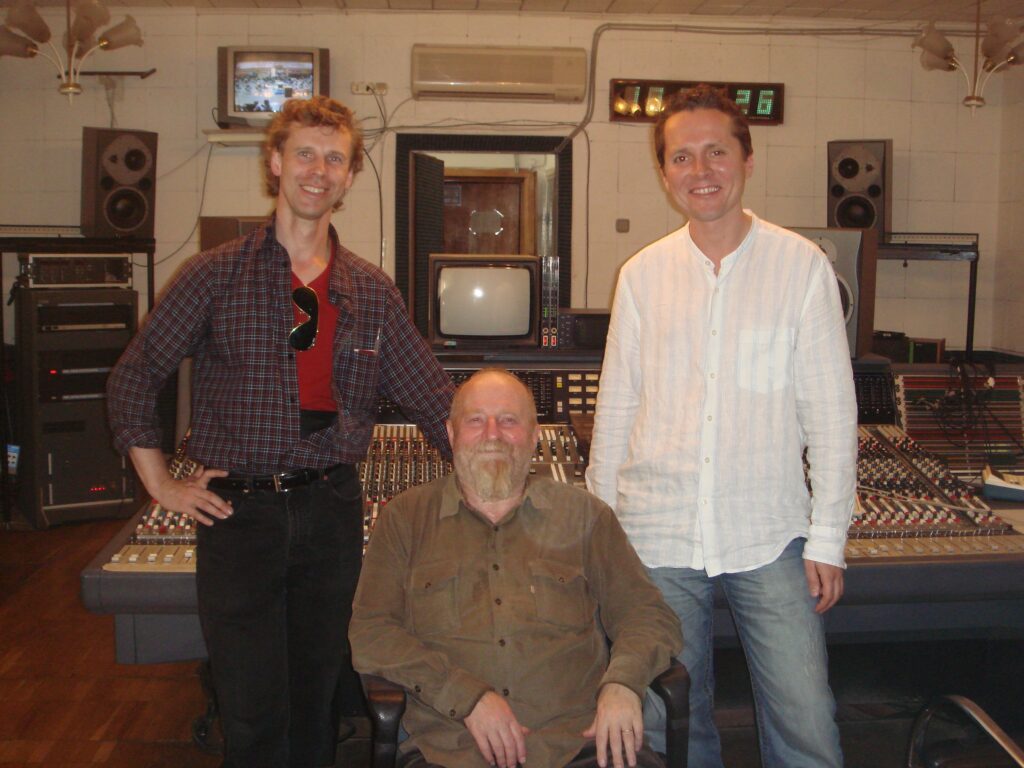
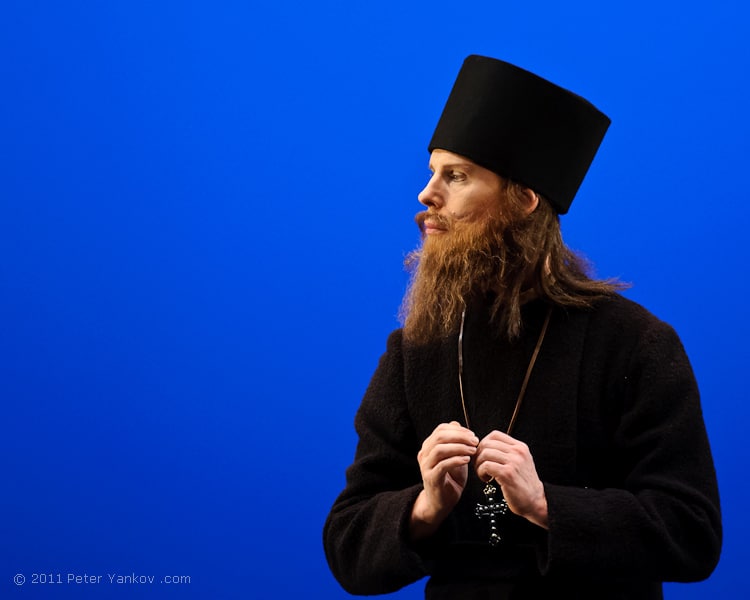
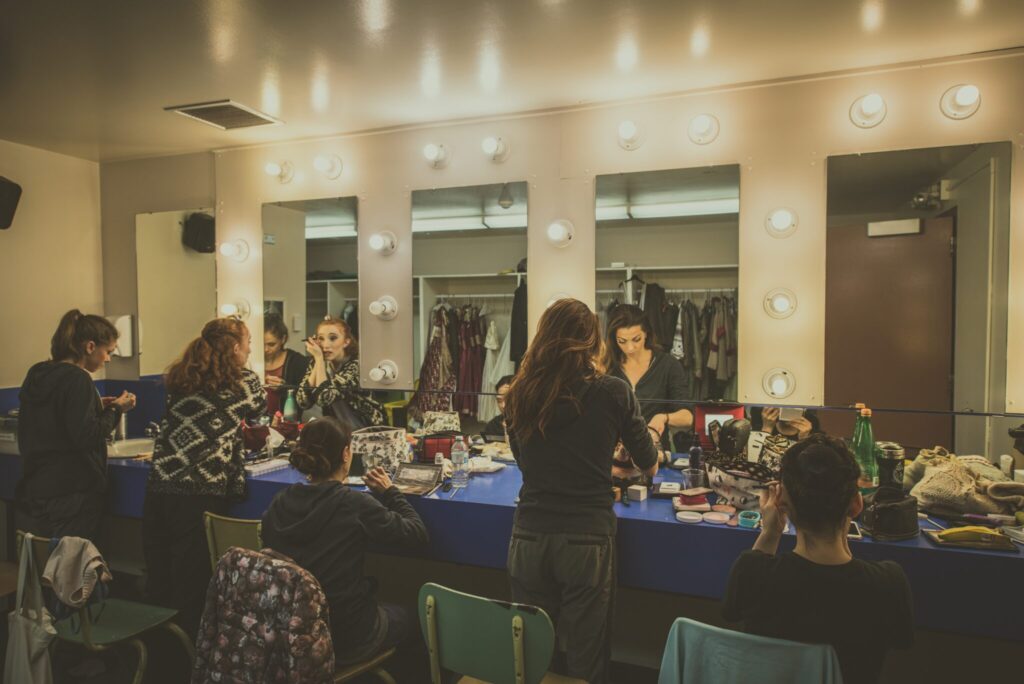
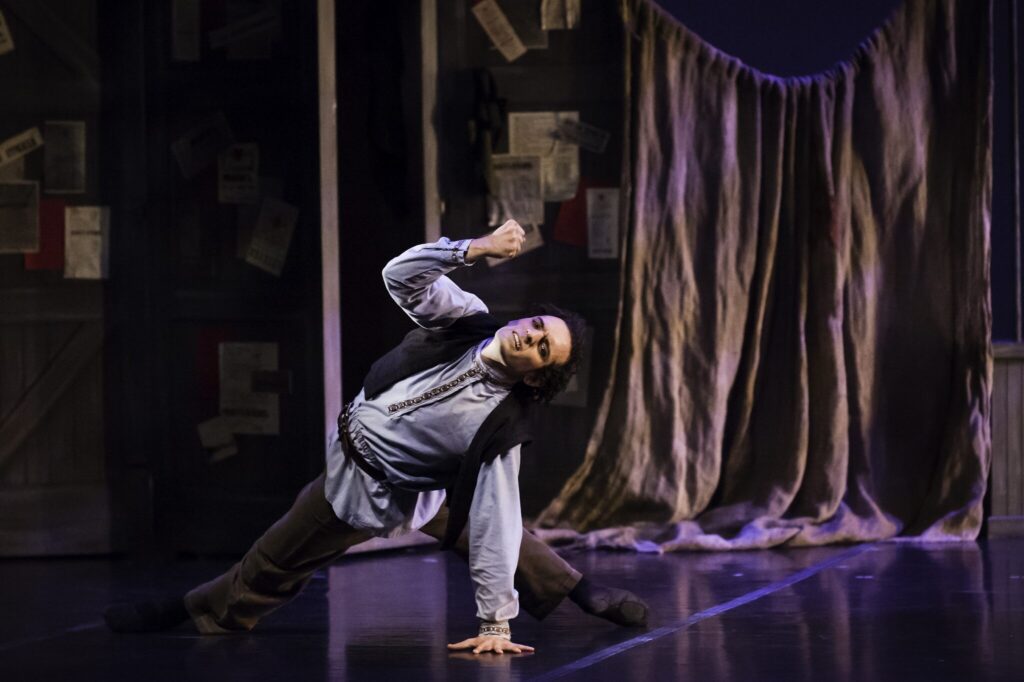
Q: There is a lot of intensity in the characters of the Grand Duchess and Dimitry — how did you work with the dancers to instill this feeling in their dancing?
A: The development of characters is a process for the dancers that does not start with this production. It is an ongoing process in their work as dancers with Canada’s Ballet Jörgen, because we do a lot of storytelling and we want the characters to always be real. If it is a character that requires a lot of emotion and passion, you cannot just paint it on at the beginning of creative period. The artists must already be conditioned to be able to work in these settings. And it is really a matter of working with the artists and creating a work that reflects their inner tensions or passions. One needs to bring out what is already inside. Anastasia was created with different dancers than the ones performing in the film. They were quite passionate and worked with me for a long time, so these original dancers helped to shape those characters. Later dancers had to learn how to live up to those characters. But they themselves had lots of great dramatic abilities and it was just a matter of fine tuning what was already there to bring it to life.
Q: What is your favorite scene in the Ballet?
A: My favourite scene is the march music in front of the gates of the palace in St. Petersburg. It lasts just a minute and a half, so it is very short. I just love the music and the feeling. It represents a time of hope. I love that scene. I also love the workers’ scene, particularly the beginning. I find it reflective of a lot of things. I feel very good about it, and I always feel engaged, even though I have seen it so many times. Those are two of my favorite scenes.

Get more info about Anastasia. Next up, Behind the Ballet: A live round table discussion with the creative team.
